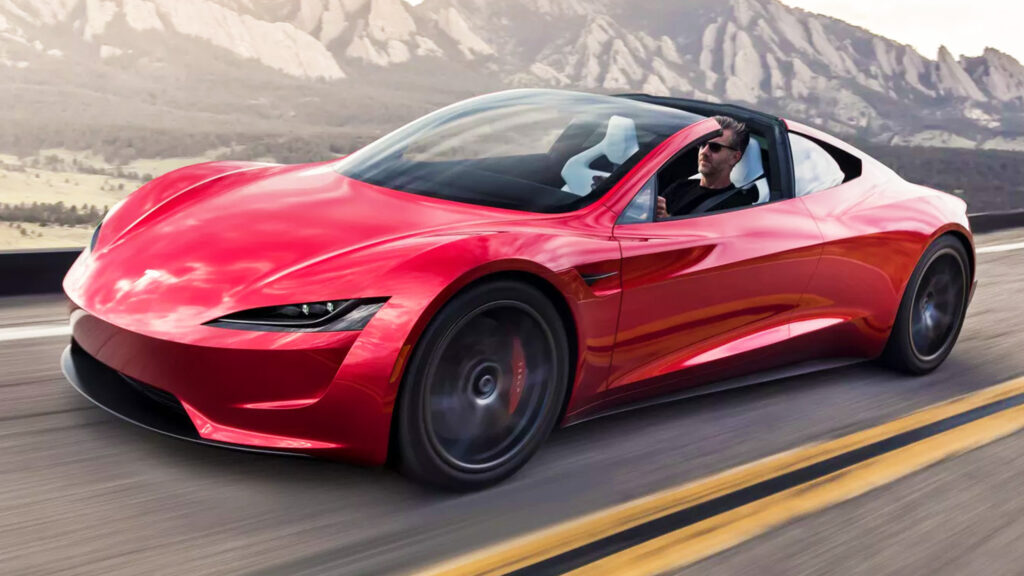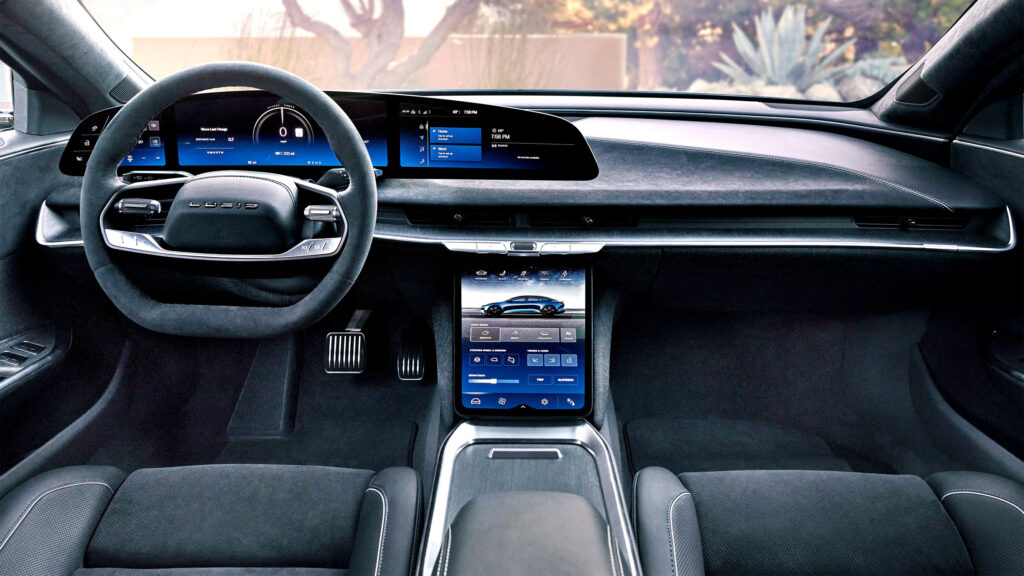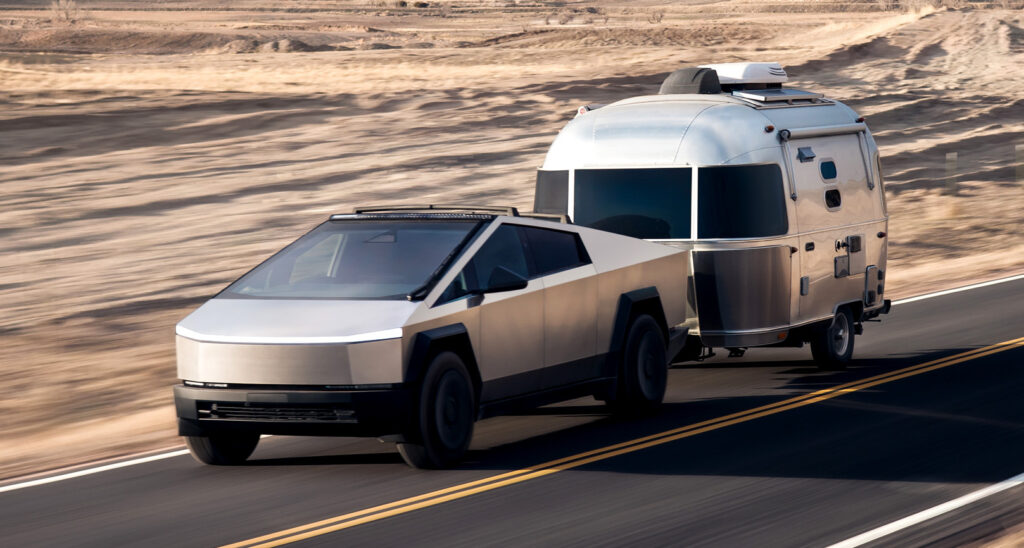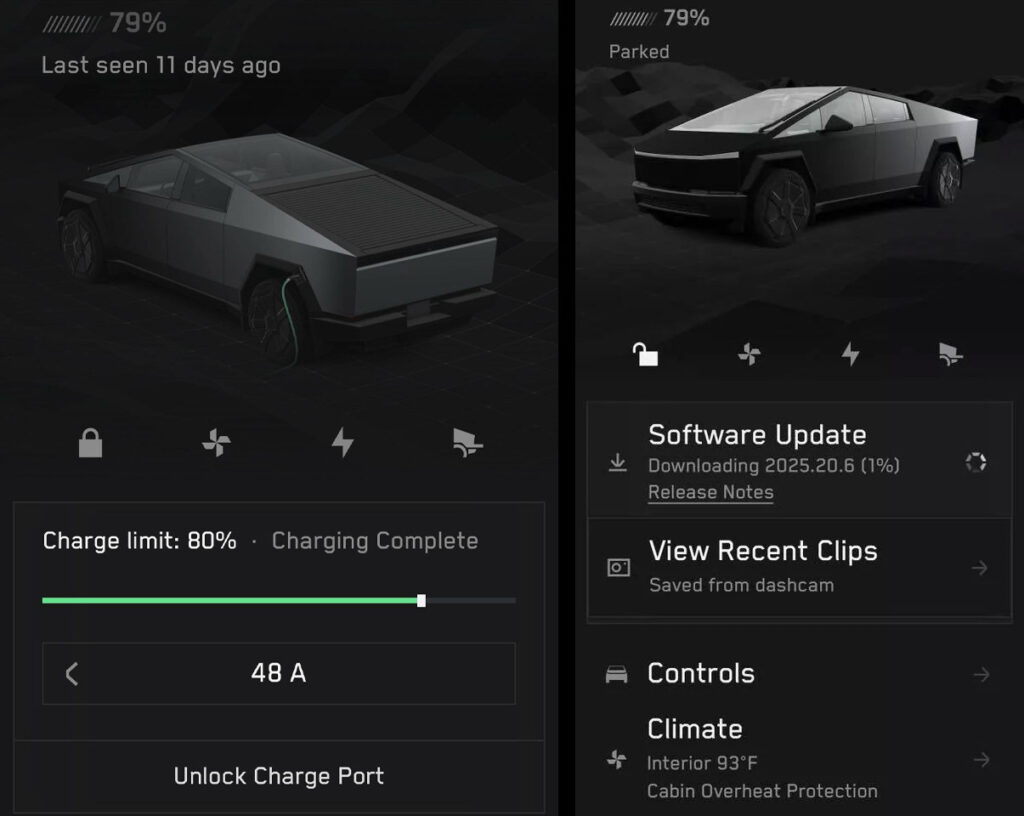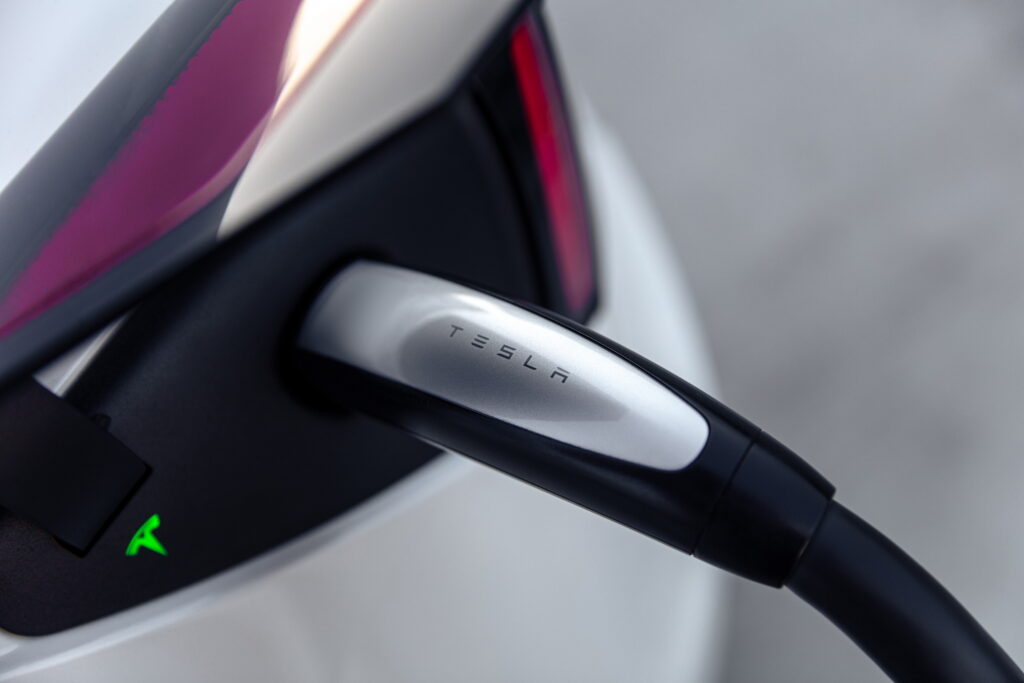One Third Of BMW’s Next SUV Is Made From Recycled Materials

- BMW says the upcoming iX3 will use 33% recycled materials and cut supply chain CO₂ by 35%.
- Key parts like seat fabrics, wheels, and battery components all use high levels of recycled content.
- The Bavarian brand claims the iX3 offsets its carbon footprint after just 13,359 miles of driving.
Electric range, recycled materials, and smarter design are coming together in BMW’s next-generation SUV. Next month, we’ll get our first look at the iX3, but we’re already learning more about it. The all-electric SUV is the brand’s first production foray into its Neue Klasse design and aims to offer 400 miles of range, a very unique interior, and a lot of artificial intelligence baked in.
Now, there’s another notable point: roughly 33 percent of the iX3 is made from recycled materials.
More: BMW’s Baby M SUV Might Be Lurking Under This iX3
BMW says that it applied what it calls “design for circularity”. In other words, it prioritized the use of secondary (recycled materials) wherever it could. For example, the PET (polyethylene terephthalate) material used in some of the seat covers increases recyclability. The yarn used therein is recycled PET already.
The engine cover and the storage compartment under the front hood also source 30 percent raw material from maritime plastic. Those are things like old fishing nets, ropes, and other debris. BMW didn’t stop there: 80 percent of the aluminum in the wheel carriers and swivel bearings is recycled, while 70 percent of the wheels are from recycled aluminum.
That’s all well and good, but what if all this work added more carbon to the atmosphere than it saved?

BMW evidently thought of that from start to finish with the iX3. The high voltage system relies on 50 percent secondary cobalt, lithium, and nickel and leverages renewable energy sources to produce the anode and cathode materials and the battery cells it uses.
In total, it’s decreased CO2 emissions in its supply chain by 35 percent, it says. Notably, that makes it so that this car reduces overall emissions after just a year, or 21,500 km (13,360 miles) of use.
This all sounds great, but it’ll be important to see. Production for the iX3 begins later this year, with deliveries to begin shortly thereafter. We’ll know more once we see it at the Munich Motor Show this fall.

